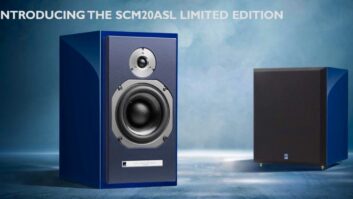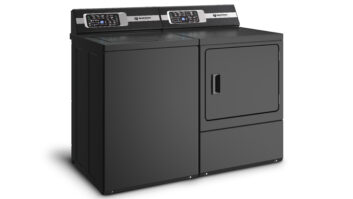Milpitas, Calif. – Nikon, SanDisk
and Sony have jointly developed a set of specifications for a new standardized
CompactFlash (CF) card that would triple the data transfer rates of current
CF6.0 cards.
The specs are intended to
addresses the future requirements of the professional photography and video
markets. The three companies proposed the specifications to the CompactFlash
Association (CFA), the international standards organization.
The three companies agreed that
pro photography and HD video applications require a new generation of memory
cards capable of processing significantly larger files. The proposed specs
achieve data transfer rates of up to 500 MBps (theoretical maximum interface
speed) using the PCI Express4 interface. The increased speeds will enable
imaging and video applications that could not be accomplished using the current
CompactFlash specification’s Parallel ATA (PATA) interface. CF6.0, released
this month, offers maximum performance of up to 167 MBps.
The faster speeds will enable
continuous burst shooting of massive RAW images, SanDisk said. The enhanced
performance will also allow users to quickly transfer storage-intensive
high-resolution photos and videos from the card to a computer.
The specs combine high-speed data
transfer with low power consumption via a power scaling system to extend
battery life.
According to SanDisk, the
proposed new format has the potential to extend theoretical maximum capacities
beyond 2TB.
The new card would be similar in
size to current CF cards.
A SanDisk spokesman called the
proposed specs “a natural progression of the technology behind the current
CF6.0 specs.” He also predicted that the cards would be available
“sometime in the next year” based on past evolution in the
technology.
In a statement, Canon’s Shigeto
Kanda, who is the chairman of the board of the CF, said: “This ultra
high-speed media format will enable further evolution of hardware and imaging
applications, and widen the memory card options available to CompactFlash users
such as professional photographers. This next generation format is expected to
be widely adapted to various products, including those other than high-end
d-SLRs.”
“The ultra-high-speed media,
which will be realized by this new card format, will expand the capability of
digital SLR cameras and other professional digital imaging equipment,”
added Kazuyuki Kazami, operating officer, VP and GM of development for Nikon.













